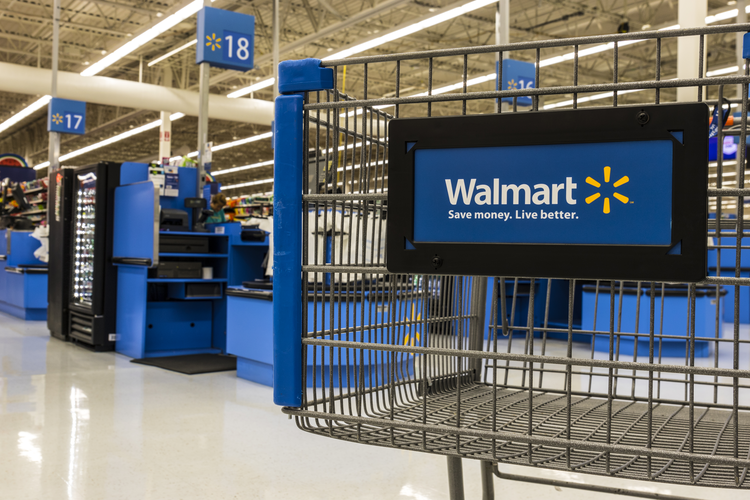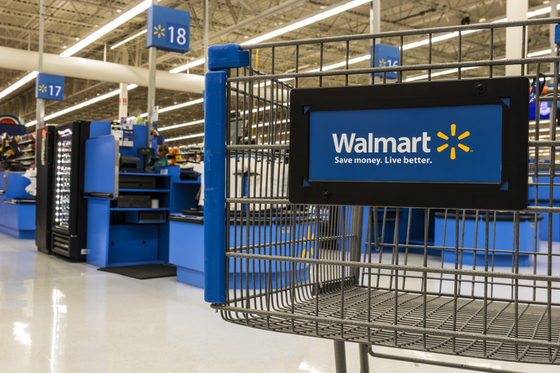Welcome to Thomas Insights — every day, we publish the latest news and analysis to keep our readers up to date on what’s happening in industry. Sign up here to get the day’s top stories delivered straight to your inbox.

Holding $32 billion in inventory, Walmart’s supply chain is often touted as one of the most effective in the world and a major contributor to the organization’s operational success. Though Amazon is now the world’s largest retailer, Walmart remains a significant challenger in second place and has been known to outmaneuver Amazon in terms of supply-chain strategy.
Walmart’s mission is to help people save money and live better. In practical terms, this means seeking out more efficient supply chain strategies so savings can be passed along to the customer.
Data Sharing
Walmart shares inventory data with suppliers to maintain better stock levels. Suppliers use this data to form more accurate forecasts and prepare more effectively to meet the retail giant’s needs.
The relationship between Walmart and Proctor and Gamble (P&G) is a great example of how the company has been able to leverage data-sharing to create efficiencies. Walmart has set up an automated re-ordering system that uses satellite communication to tell P&G’s portfolio of companies when an item is needed. The item is then delivered to a distribution center or the store in need.
Bargaining Power
Walmart deals directly with manufacturers without any need for a supply-chain middleman. As the world’s second-largest retailer, the company wields enormous bargaining power and can demand lower wholesale prices from suppliers. These savings are then passed onto customers as part of Walmart’s Every Day Low Price guarantee. Walmart makes up for its low prices and smaller margins with its sheer volume of sales.
The company has strict policies in place to ensure suppliers deliver in full on time (DIFOT), charging vendors 3% of the cost of goods if deliveries aren’t made as expected.
Warehousing Efficiency
Walmart uses a cross-docking system whereby most freight that enters its distribution centers goes onto conveyor belts that lead directly to trailers being loaded for individual stores. This reduces warehouse space requirements.
Walmart uses a consolidation system that allows large shipments of products in one region to be broken down and dispersed throughout the distribution centers across the company. This ensures fuller truckloads to cut down transportation costs.
Technology
Walmart has a long history of leveraging technology to improve operations. Some of the technology implemented in recent years includes:
- RFID tracking.
- Smart tags that allow store employees to better track inventory.
- A centralized database that houses all inventory information.
- Retail Link database to improve communication with suppliers and forecasting.
- My Productivity App for store managers to minimize backroom tasks.
- Innovative patent filings including smart shopping carts, electronic imaging devices that sense when inventory levels are dropping, and in-store customer assistance drones.
What’s Next for Walmart?
e-Commerce Boom and Ship-from-store
Walmart has increased its ship-from-store capacity to handle the e-commerce boom. Walmart’s online sales have jumped 25% year-on-year due to the COVID-19 pandemic.
“Ship from store” means using stores themselves as warehouses for online sales. Walmart has a clear advantage over Amazon with nearly 5000 stores in 49 states. Shipping costs are low because 90% of Americans live within 10 miles of a Walmart store.
Improved Sustainability
Walmart’s Sustainability Hub has not only committed to reducing direct greenhouse emissions but also to slash the emissions created by the company’s supply chain. The Project Gigaton initiative aims to prevent one billion metric tons of greenhouse gases from Walmart’s global supply chain from entering the atmosphere by 2030.
Walmart is currently on track to reach that goal. We can expect to see increased use of renewable energy sources and recycling programs to reduce waste.
Tech Savvy Warehouses
Walmart is already in the process of building futuristic warehouses and consolidation centers that can move more volume with fewer workers. Technology includes automated item identification and self-driving delivery vehicles. It is likely that Walmart will also upgrade existing facilities with these technological improvements.
Image Credit: Jonathan Weiss / Shutterstock


